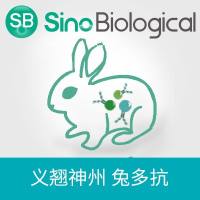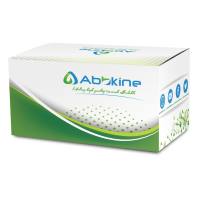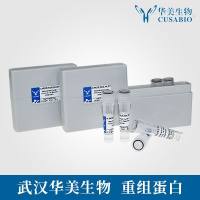Detection and Characterization of EHEC-Hemolysin
互联网
互联网
相关产品推荐

Shiga toxin II subunit B 兔多抗 | Enterohemorrhagic E. coli (EHEC) stx2B Antibody, Rabbit PAb, Antigen Affinity Purified
¥800

plc/plc蛋白Recombinant Clostridium perfringens Phospholipase C (plc)重组蛋白Alpha-toxin (Hemolysin) (Lecithinase) (Phosphatidylcholine cholinephosphohydrolase)蛋白
¥2328

γ-氨基丁酸试剂盒,用于样本中GABA含量检测,微量法,GABA Content Detection Kit
¥358

Recombinant-Alpha-hemolysin-translocation-ATP-binding-protein-HlyBhlyBAlpha-hemolysin translocation ATP-binding protein HlyB Alternative name(s): EHEC-HlyB protein
¥15050

stcE/stcE蛋白Recombinant Escherichia coli O157:H7 Metalloprotease stcE (stcE)重组蛋白Mucinase Neutral zinc metalloprotease StcE Secreted protease of C1 esterase inhibitor from EHEC蛋白
¥2328

